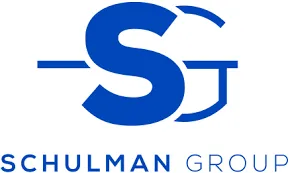Win their Loyalty
Get Certified in Making Patients Happy
Win their Loyalty
Get Certified in Making Patients Happy
Imagine Producing an Additional $300,000 Each Year
The average single doctor practice (per Gaidge), which receives approximately 850 new patient calls each year, this increase translates to nearly $300,000.
Before Amy:
After Amy:


After Amy:
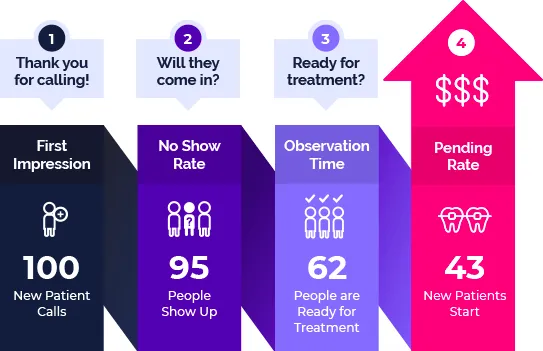
From Bogged Down to Brief
Some questions can make us feel like we're tap-dancing when we should just answer the question and move on.
Amy coached this scheduling coordinator the art of BREVITY: sentences on the phone; paragraphs in person.
Before
After
From Mousy To Scheduling Ninja
This scheduling coordinator used to dread making appointments, and has now become this practice's ninja (STILL over four years later according to her Doctor!)
Amy helped Debbie feel more confident and use the proper leading question to offer appointments which put Debbie in control of the conversation.
Before
After
My customer communication training will help you to 10X your patient experience to massively impact your Win ratio!

40%
Decrease in No Shows
because all your customer relationships are real connections, right from the start.
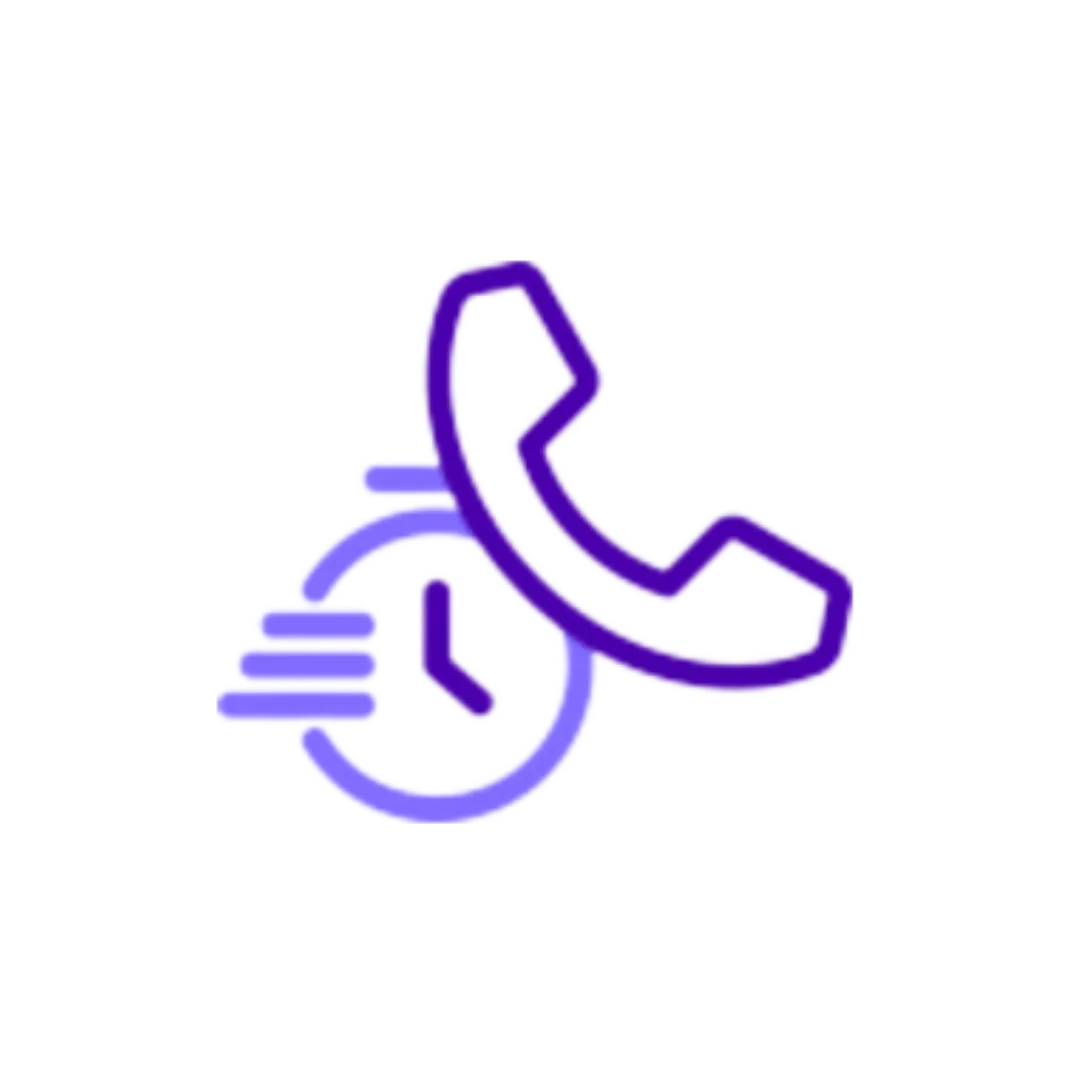
64%
Reduction in Longer, Problem Calls
because you're no longer inadvertently upsetting your valued customers.

Large Call to Action Headline
20%
Increase in Production
because you've built trust with your customers from the beginning, so your win ratio is much higher.
What Our Clients Are Saying:
HOW TO WORK WITH ME

Phone Coaching
Telephone skills training for efficient and impactful first impressions with your receptionist and front office team.

Sales Coaching
Treatment Coordinator communication training for consultations to adapt, read the room, and win the start.

Workshops & Keynotes
Book me for your team or appreciation event you are running to provide customer experience training.
Join my mailing list for regular inspiration, tips and techniques to share with your team.
Watch my short video on the 5 Types of Questions as a welcome gift.
Did you know there are different types of questions? Annoyingly, we often default to the question type that doesn't actually help move us towards our goal.
Take a few moments to watch my short video and you'll learn a few of the different types so you can be more conscious of your speaking habits and bring the correct question type to the situation at hand.
Do share this video with the rest of your team to help them make the same change - it's my little thank you for having you join my mailing list.


Amy Demas returns as guest of Jill Allen on Hey Docs!
Oh, it was a joy to be with Jill again on her podcast, Hey Docs!
On Spotify:
And on YouTube:
And here is the outline Jill provided:
In this episode, Jill interviews Amy Demas, an engineer turned communication coach, about the importance of effective communication in the dental industry. They discuss the changing landscape of communication and the need to adapt to new technologies and patient preferences. Amy emphasizes the importance of structure and framework in communication, allowing for personalization while maintaining a branded message. They also explore strategies for improving communication skills in the practice, including active listening and empathy. Amy shares her involvement in charitable organizations and the importance of giving back.
Takeaways
Effective communication is crucial in the dental industry, especially as patient preferences and technologies evolve.
Adapting communication strategies to meet the needs of different generations and modes of communication is essential.
Structure and framework provide a foundation for effective communication while allowing for personalization and branding.
Active listening, empathy, and resolving conflicts are key skills for improving communication in the practice.
Supporting charitable organizations and giving back to the community is an important aspect of business.
Chapters
00:00 Introduction and Background
02:28The Importance of Communication in the Dental Industry
06:06 Adapting Communication to the Changing Landscape
09:26 Key Communication Strategies for New Practices
13:36 Making Written Communication More Personable
19:08 Handling Tense Communication Situations
26:14 Improving Communication Skills in the Practice
29:08Supporting Charities and Giving Back
33:58 Conclusion and Farewell
Our Clients' Experiences
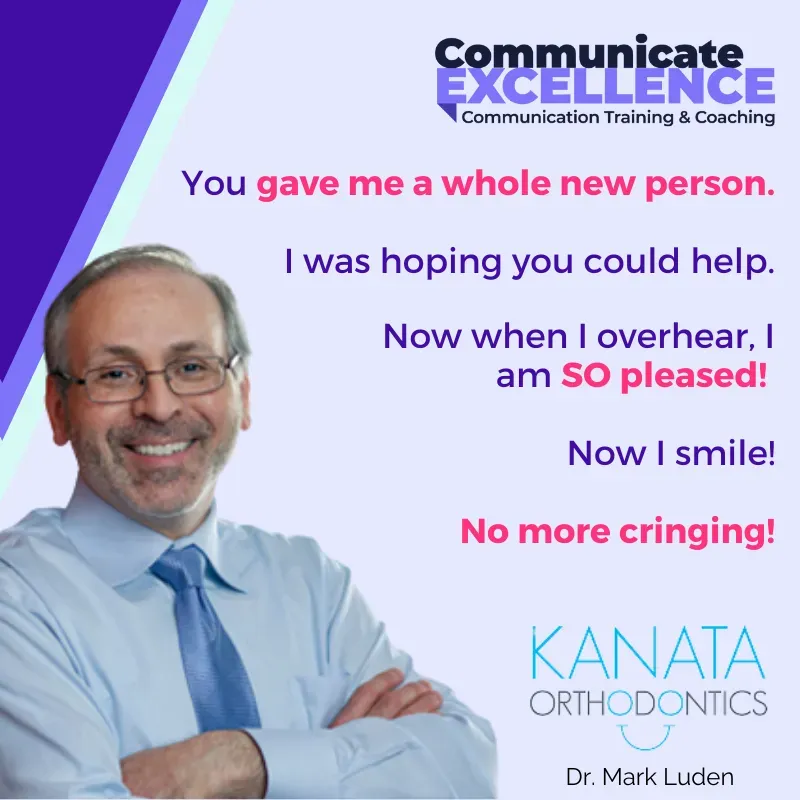

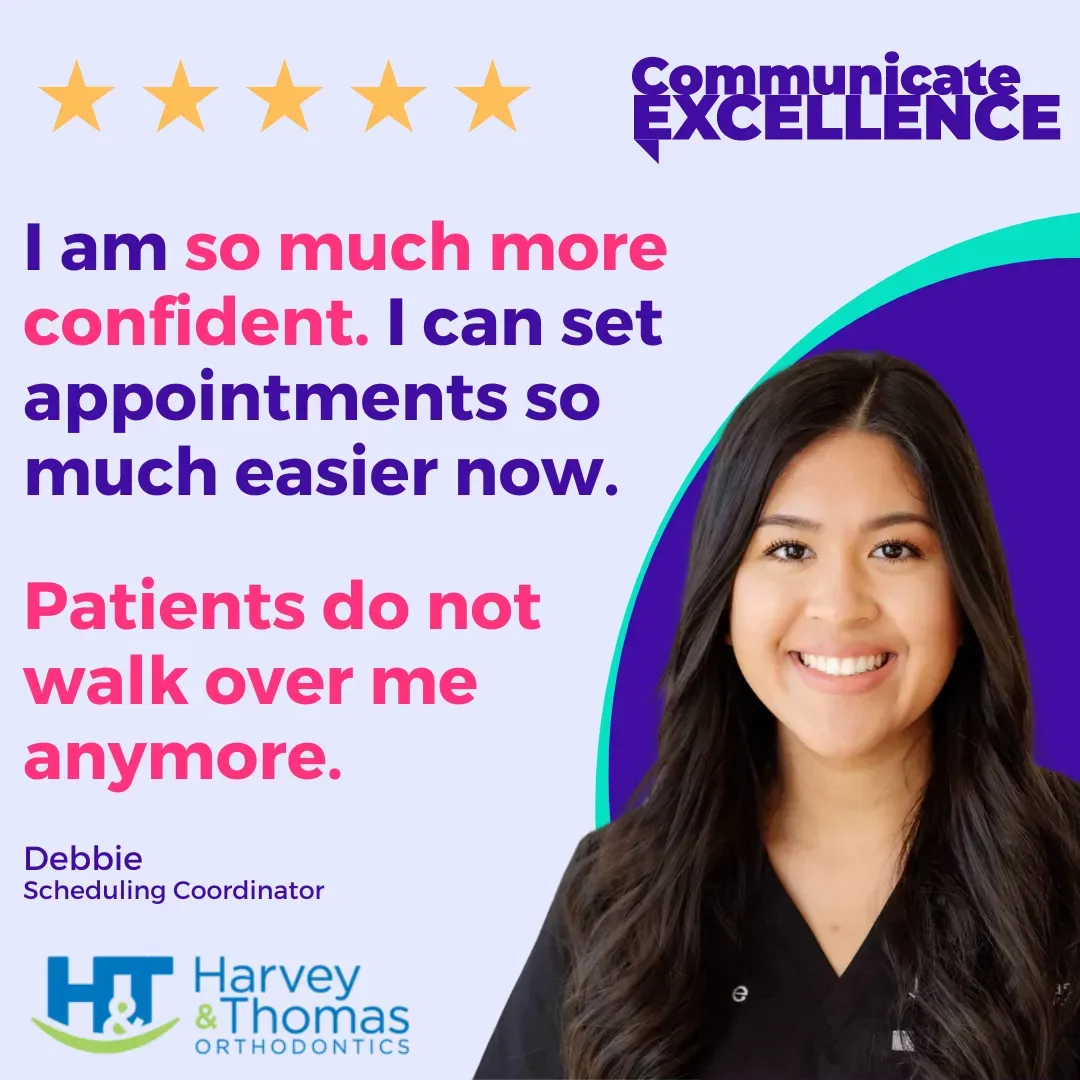



Preferred Provider For:
As a bonus for being a member of these organizations you will receive a discount on my services.
Schulman Group leaders say
“The Schulman Group is pleased to call Amy Demas/Communicate Excellence one of our valued preferred consultants and a huge advocate for our educational programming efforts. Her "can do" attitude has served the group in many capacities over the years…..as a consultant, as a program speaker and most recently served as moderator for our Doctor and Team Meeting. As speaker and consultant, Amy offers invaluable insight on communication skills for all orthodontic team members and has helped a number of our members streamline and improve office interactions with patients.”
Emily, Mari's List says
"Amy Demas is a shining star when it comes to training front desk staff, scheduling coordinators and treatment coordinators. She truly communicates excellence. Mari's List feels confident endorsing Amy because of her long history of exceptional professionalism and glowing reviews from our members."




